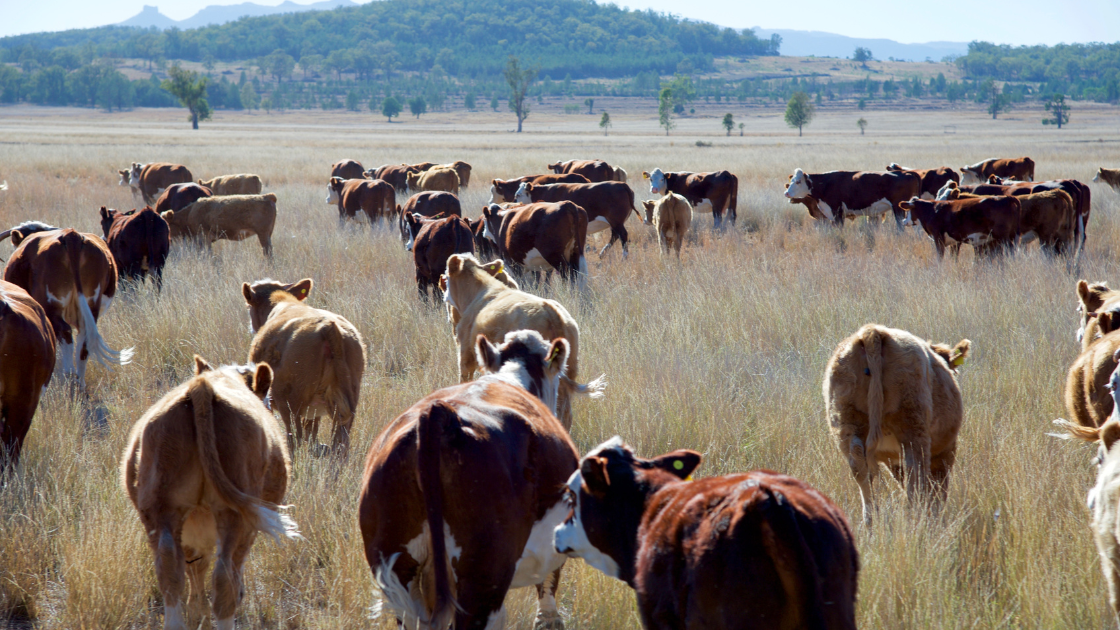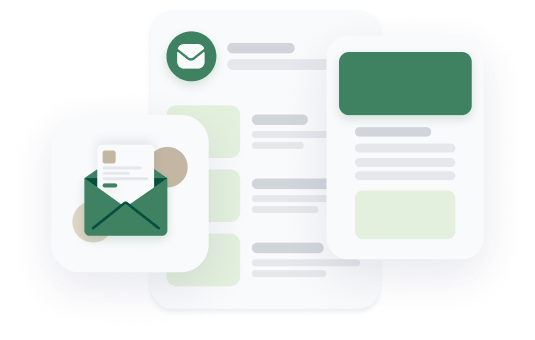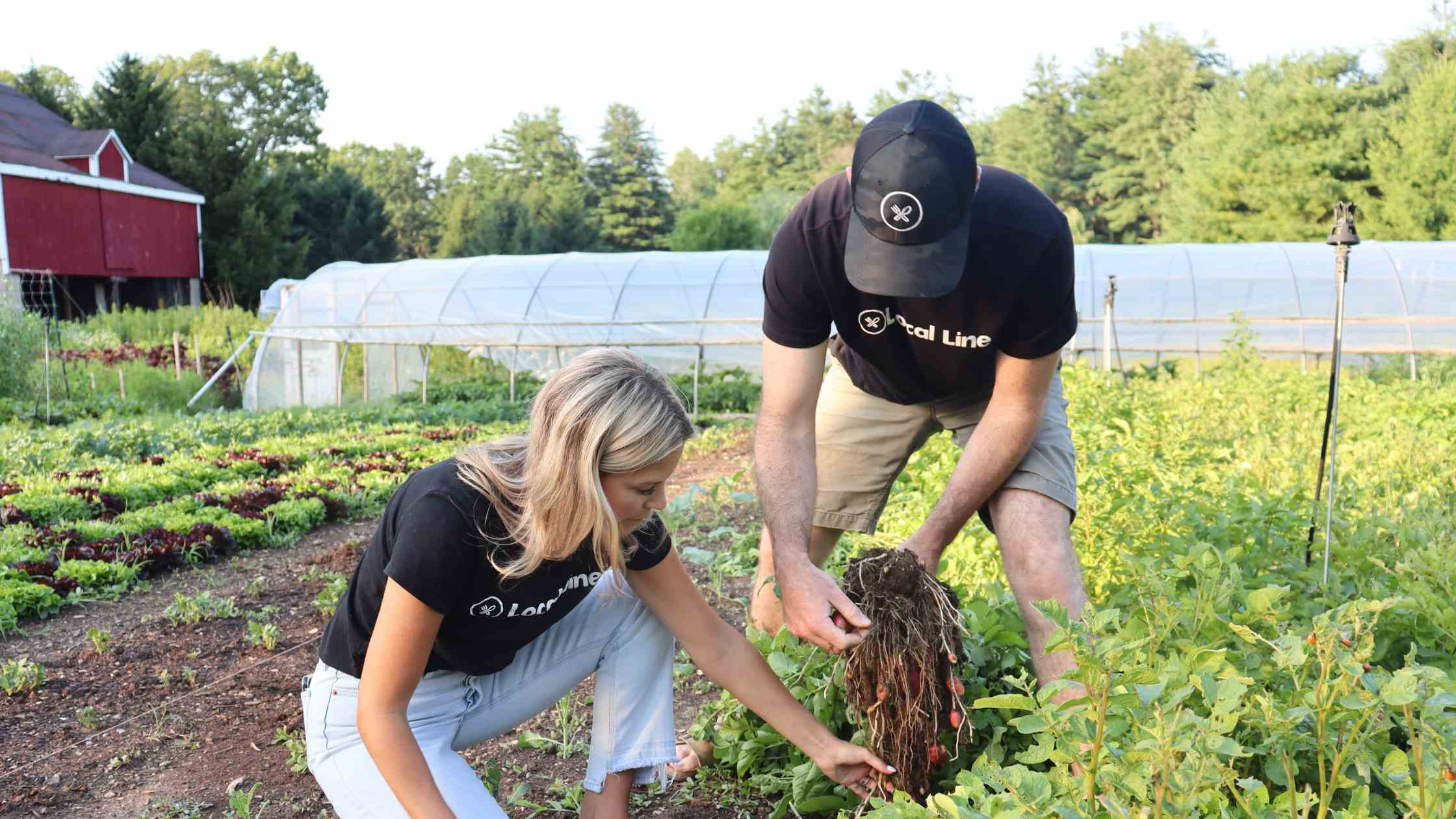Updates to our 'Starter Plan', now sold at $29/month
In February 2022 we launched an innovative new pricing tier called ‘Starter’ in which farms could...

 Nina Galle
Nov 03,2023
Nina Galle
Nov 03,2023
How do you price your meat if you don't know where to start? Where do you go to find a starting point or a base price?
Many farms we worth with struggle with trying to figure out their pricing. Especially when the production and labor costs are significantly higher than the conventional production methods used for meat sold in the grocery store.
If you're regenerative, pasture-raised, free-range, or something else entirely, this post is for you! We sat down with Sarah, owner of Black Barn Farms in Dryden, Ontario, to explain how she prices her pasture-raised meat.
In this blog post, we'll explore pricing tips and tricks from Sarah to help you determine the right price for your meat products.
One common mistake many farmers make is comparing their product prices to grocery store prices. Sarah says that this is the worst approach you can take. Grocery stores often sell low-quality, low-cost meat. Your farm offers something unique – high quality, locally sourced, and often sustainably raised meat.
Sarah suggests that instead of looking at grocery store prices, focus on the value and quality of your product. Emphasize the benefits of your meat, such as being free from harmful additives, antibiotics, and hormones. Communicate the health benefits and superior taste to your customers.
No clue where to start? Look up prices from industry influencers or other successful producers in your area. They are a better guide than a big-box grocery store.
Understanding your costs is crucial to determining profitable prices. Sarah recommends analyzing expenses associated with each product category separately. For example, isolate the costs to produce your beef vs. the costs to produce your poultry. This includes expenses such as feed, veterinary bills, and other recurring expenses related to animal care.
Knowing how much it costs you to produce a product is only half the battle. After calculating the production costs, you need to account for all your other costs to run your farm.
It's a good idea to reevaluate your costs according to when your costs change. If that's ever season, you should recalculate your pricing then. If it's every year, then this can be an annual exercise.
Flexibility is essential in the pricing game. Sarah shares how they periodically reassess their prices based on cost analysis and market demand. By leveraging Local Line reports, Sarah can see which cuts did well and which didn’t, allowing them to adjust their pricing structure accordingly.
Don't be afraid to adjust your prices upwards when you discover that certain products are in high demand or have unique selling points. Monitor customer feedback and sales data to make informed pricing decisions.
Phil, Sarah's husband, says, “We sell Cadillacs, not Kias." In other words, they sell a premium product to those who value premium products. Customers who seek high-quality, healthy, and sustainably produced meat are willing to pay more for such products.
Highlight the unique selling points of your meat, such as its health benefits, sustainability, and superior taste. Educate your customers about why your products are worth the investment. All meat is not the same, just like cars are not the same!
You shouldn't feel the need to sell to every possible customer. Sarah advises against feeling guilty about this. It's okay if not everyone can or wants to buy your products.
Focus on attracting and retaining the right customers who appreciate the value you provide. Building a loyal customer base will help your farm thrive sustainably. For tips on customer retention, check out our webinar with Corinna Bench, founder of My Digital Farmer, on Getting More from Your Existing Customers.
Pricing your meat products requires careful consideration of costs, a focus on value, and periodic adjustments. Set prices that reflect the quality and uniqueness of your meat while ensuring your farm remains profitable and sustainable.
Remember, it's not always about feeding the world; sometimes, it's about providing quality options to those who value your products and can afford them.
Whether you’re selling meat, produce, baked goods, or other local food, Local Line’s suite of farm features is bound to have something for everyone. If you want to join the thousands of farms using Local Line, sign up for a 7-day free trial here—no credit card required.
Nina Galle is the co-author of Ready Farmer One. She continues to arm farmers with the tools, knowledge, and community they need to sell online at Local Line.

Stay in the loop by subscribing to our newsletter and receive weekly insights that you won't want to miss.

In February 2022 we launched an innovative new pricing tier called ‘Starter’ in which farms could...
 Cole Jones
Cole Jones

Starting today, we are updating our subscription pricing for new farms joining Local Line. Existing...
 Cole Jones
Cole Jones

Accepting online payments is a standard part of selling local food online. Credit cards, ACH,...
 Nina Galle
Nina Galle